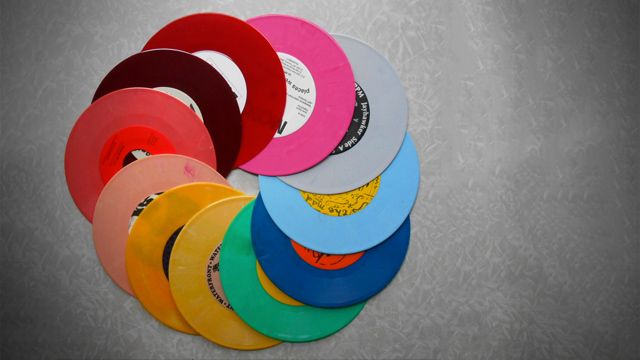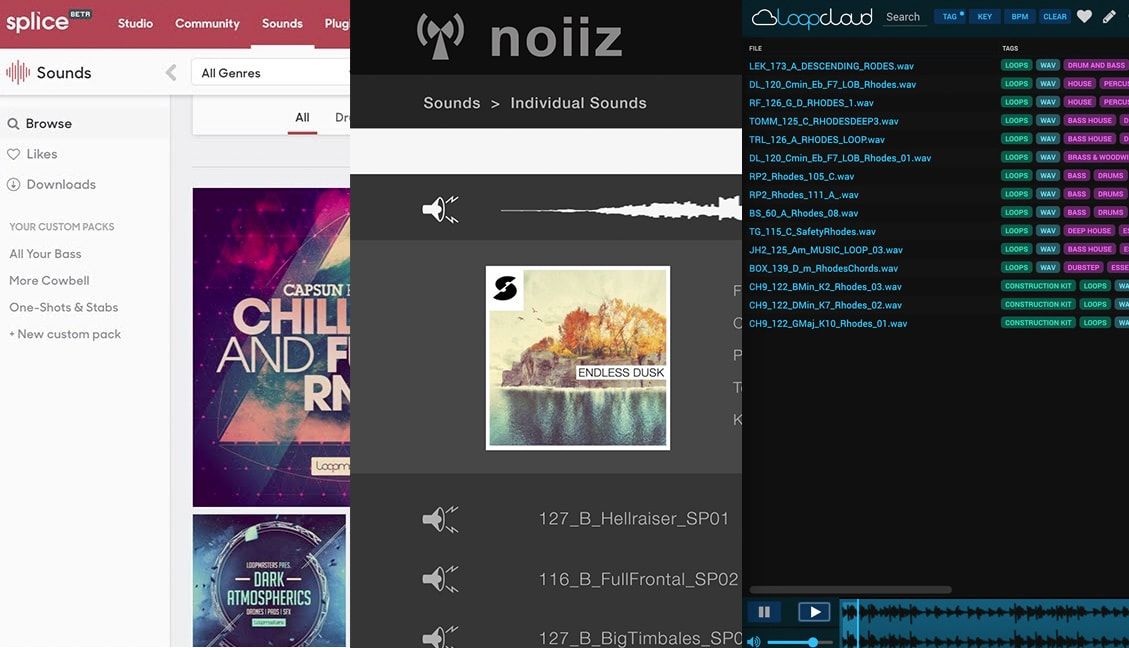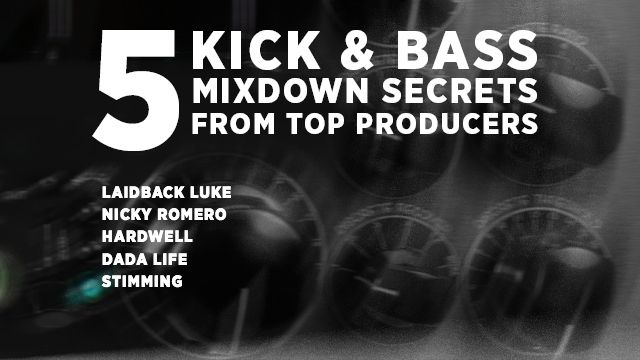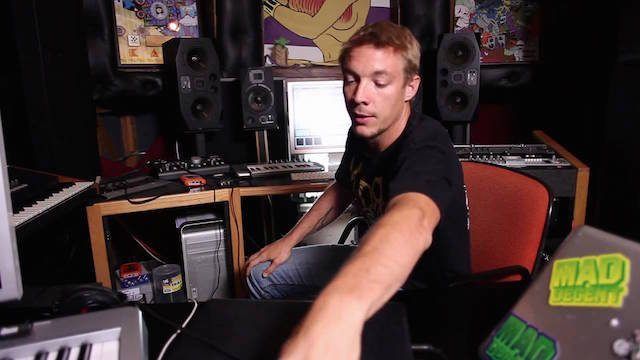At the EDMBiz conference in the middle of June, in the lead-up to this year’s EDC in Vegas, three big dance music artists argued over how important unique and spontaneous DJ sets should be from one show to the next. On the side of extreme importance: Z-Trip. Opposing him? Nicky Romero and 3Lau. In this article we delve into the art of variety, why it matters, and a few things to try to avoid stale sets.
“The conversation got somewhere near heated for a moment when Z-Trip insisted on the importance of spontaneity and variability in DJ sets. Nicky Romero and 3lau countered by mentioning the pressure of one hour sets every week, but Trip ended the conversation with ‘We’re not David Copperfield or Beyonce, motherfuckers! We’re DJs!'” – Thump
https://twitter.com/3LAU/status/611759091367591936
Why Some DJs Need To Rely On Similar Sets
For many touring producers, crafting a set is less an active selection process and more viewed how a traditional band would view putting together their song set for a show. If you have a methodology that works to build up a crowd through a certain series of mixes and effects, it could be difficult to try anything new.
- Regular Success: For touring artists, this is a job. You’ve got to kill it onstage every single night you perform, and failing to do so could mean less bookings next season and the potential end of a career.
- Time In Your Set: To get warmed up as a spontaneous performer, it’s not uncommon to need a few songs to get into the groove and be willing to take risks – and by that point, your set might be over.
- Pressure and Focus: For many touring producers who play DJ sets, most of their time is consumed between the insanity of living on a tour bus for 5 to 20 weeks and still trying to get some production work done whenever they can. The idea of not having the actual performance be reliably high quality might be too much!
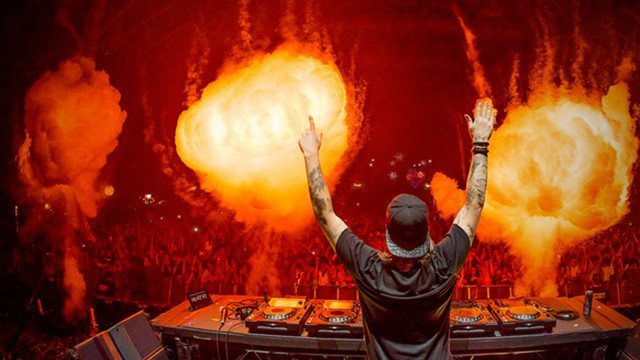
- Visuals / Fireworks / Pyro: In 2011 the online electronic music community had this exact same discussion over a video that revealed Steve Angello might have been not mixing live. Part of the defense was that it was the tail end of his set that corresponded to a pyrotechnic set that needed a predictable timeline to line up with fireworks that were being launched off:
“When I do some festivals I have a team there that does all my pyro, FX and CO2s , + most of them have a synced “fireworks show” that is synced to the music so nothing goes wrong for the fireworks show since timing everything is extremely hard for them […] so I have a medley mix I close with so they can have everything synced, most big festivals have that and it’s nothing new, as soon as you’re closing under a big finale you have that going on…” – Steve Angello
Why Spontaneous Elements Matter
While having predictable success in a DJ set might be nice, we tend to air on the side of keeping sets fresh and unique. Some of the key elements that make spontaneity so important:
- Not every crowd is unique / don’t let your diehard fans get bored! If you’ve got a fanbase of any size, there’s a pretty good chance that some people in the audience might not be at their first show where you’re performing. If you use the same techniques and set order each show, they seem less like innovation/creativity and more like a gimmick.
- People Pay Good Money To See You: This especially applies to big name DJs. If you’re playing a show every week, likely of a decent size, think of the expense that your audience has gone to to see you. It’s your responsibility to put up your end of the bargain and put some unique effort into your sets. Deadmau5 put it well recently:
“The way I see it: If you’re going to pay a guy upwards of $500,000 to a million f—ing dollars to stand on a stage in front of however many people at ‘X’ EDM event, if you’re not putting at least 200 grand into your stage show other than an LED wall and some backline stuff, it’s just the biggest ripoff.” – Deadmau5 quoted in this YourEDM piece
- Unique = Memorable: Despite having their playlists nearly memorized, even wedding and Top 40 club DJs should have built-in variation in their sets. This will make you unlike similar performers; what you offer is more interesting, and you’re more likely to get recommended for the next gig or event.
- The Crowd Knows You’re Bored: Playing the same or similar set over and over will also have an impact on your own level of excitement when it comes to DJing. If you looked bored, your crowd is going to see that and feed off that.
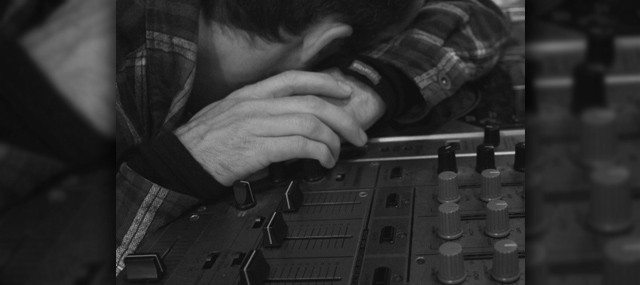
- You’re Not Making This Music Live: This is the big one – a majority of DJs aren’t actively creating music on the fly, and if they are, they’re usually just layering those elements into a pre-produced song. What has always made DJs exciting and interesting since day one was their arrangement and manipulation of music. If you don’t want to manipulate and get interesting with your music, you’ve become more of a Disc Selector than a Disc Jockey.
Ideas To Switchup Your Mixes
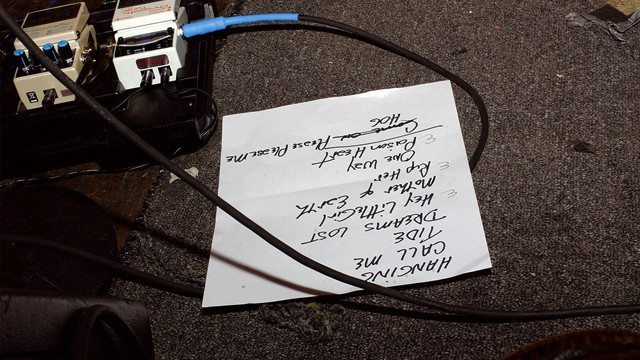
- Add At Least One New Song Each Week: If you’re playing a weekly gig, get fresh tunes, and play at least one of them! Surely artists like 3Lau and Nicky Romero get great promo tracks from industry friends all of the time?
- Play Your Own New Edits / Productions: A dance floor is the ultimate test laboratory – so try something new you’re working on? Don’t worry if it’s not a super polished or unmastered track – maybe consider doing a quick shmastering job a la Mad Zach. The goal is really to gauge the crowd reaction, and if it gets people going than that can give you a boost of motivation to get that track finished.
- Mix Songs Differently: If two songs work well together, and you always mix them with the same technique, try something different! Odds are they work together in other ways. If you’re onstage DJing for at least an hour every week, you should be comfortable enough to try new things on the fly – if not, you’re not practicing enough.
- Use Planned Vignettes Instead Of Sets: Ean will cover this soon in a new video, but putting together micro-sets of two to three songs that work well together to use anytime you DJ is a great way to have smaller planned “moments” inside of a DJ set without having a stone-carved setlist.
- Data Doesn’t Lie: Look at the play count of your tracks in Traktor/Rekordbox/Serato and also review your historical playlists. If there are songs with play counts in the high double digits or triple digits then deliberately avoid those tracks for a while. If your previous setlists seem to follow similar trends/patterns, that’s another sign to make a conscious effort to try something different.
Inspired to do more? Here are some great DJTT tutorials that cover techniques and ideas to keep sets fresh:


